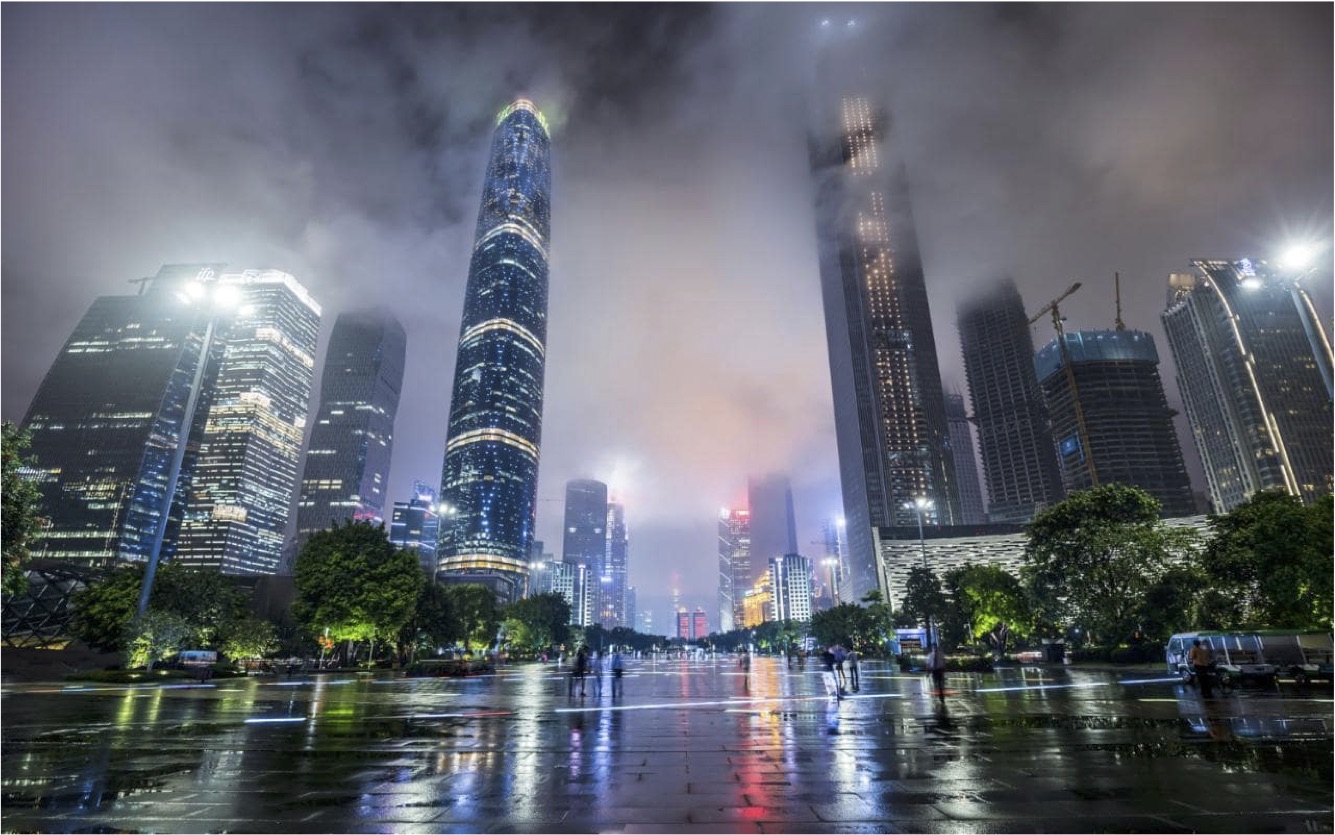Learn more about moving to China
Maxxelli is proud to announce the 4th edition of the China International City Index (CICI), a report that measures the degree of internationalization of China´s emerging second-tier cities. For this edition, we are featuring in-depth research on 29 cities, measuring them across 44 key indicators. The CICI report Back in 2015, Maxxelli decided to create the China International City Index for the very first time. Back then, the report featured just 6 cities. These were the cities where we had the largest networks and in-house available data. A year later, we published the second edition of the report and expanded the cities featured to 24. The decision to expand was based on positive feedback of the highly popular initial concept. If the 2015 CICI was a test run for an idea, then the 2016 CICI was the answer – finally, a way to compare China’s international development across multiple cities and industries through data analysis, not opinion, but by hard facts and data analysis. CICI 2018 will be similar yet different as it will include ‘’Industry Features’’, an industry analysis that uses the data to compare cities to the featured industry. This year’s report will provide digestible and precise graphical comparisons between the cities. Each chart is accompanied by a concise city “Profile”. This expounds upon what progress the city is making and the direction it is heading in. Where we think the city should and will improve is covered in our “Future Opportunities” section. Overall China Ever since China opened up to the world, it has boasted double-digit GDP growth rates for years on end, with a nominal GDP exceeding 12 trillion US dollars in 2017. Ever since 2010, however, this GDP growth rate has stagnated. Note that despite China’s overall stagnation, GDP growth rate in many Chinese second-tier cities are still in double-digits. This is but one example that demonstrates the value second-tier Chinese cities hold in 2018. An important initiative, launched in 2015, is the Made in China 2025 strategic plan. This plan’s goal is for China to compete in advanced manufacturing. Another key change to look out for here is the proposed scrapping of foreign ownership caps, which limit equity stakes for foreign firms. This policy change will be seen earliest in the automotive industry and in securities ventures. Second-tier cities China’s first-tier cities are highly internationalized, with Beijing and Shanghai as prime examples. Other important markets are the second-tier cities, or emerging first-tier cities. These cities represent very interesting business opportunities for foreign enterprises. A specific definition of second-tier cities does not exist, but at the very least there is a minimum GDP and population per tier. Maxxelli finds that calling a city second-tier is not a very descriptive definition. With this report, Maxxelli classifies cities by their internationalization, which offers a broader more in-depth analysis. To summarize, Maxxelli defines cities as second-tier cities if they show a large population, a strong economy and are internationalized across a number of indicators. Internationalization If cities show a higher degree of internationalization, they hold greater appeal for foreign companies due to their increased market potential, accessibility, livability and growth prospects. Second-tier cities are becoming more and more international. In the CICI, Maxxelli measures a city’s degree of internationalization based on seven categories: Global Economic Strength, International Commerce, Education, International Community, Infrastructural Connectivity, Government and Political Engagement, and Culture and Tourism. These seven categories are explained more in detail in the methodology section at the end of this report. Click the picture below to read the full report [2018-CICI.pdf]
